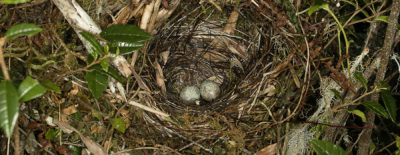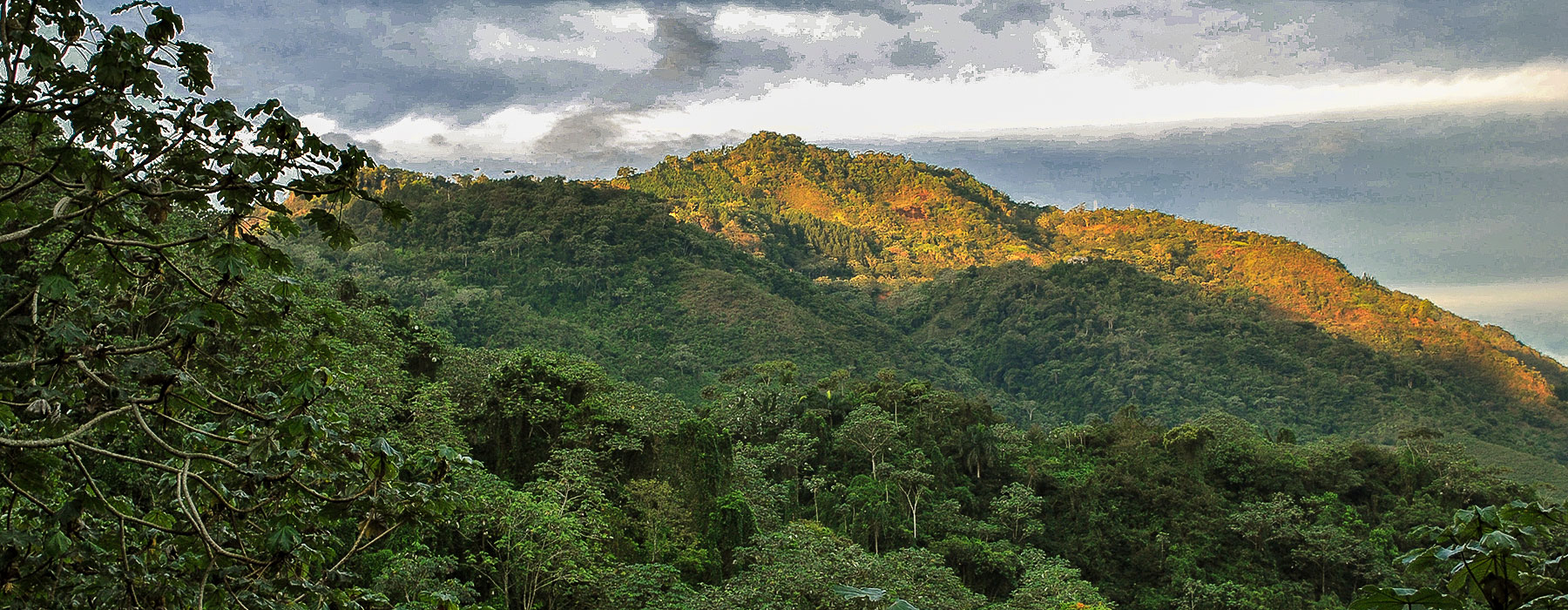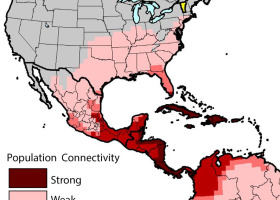Throughout the Caribbean, montane forests support a unique assemblage of birds, including some of the world’s most rare and threatened endemic species. Some of these forests are also the preferred winter habitat of Bicknell’s Thrush, and they harbor large populations of other North American migrants like Ovenbird and Black-throated Blue Warbler.
Conservationists consider montane forests to be among the most at-risk habitats, as decades of deforestation have taken a heavy toll. In 1923 over 60% of Haiti's land was forested; by 2006 less than 2% of the land was forested. Since the beginning of the 20th century, the Dominican Republic has lost nearly 65% of its forests.
Migratory birds are under a suite of selective pressures that vary between location and season, and they must be able to thrive in multiple habitats. What happens during one period of the annual cycle can carry over and affect subsequent periods. Unfortunately, a lot of research and conservation efforts focus on only one period of their life cycle. At VCE, we’re focused on the needs of migratory songbirds throughout their annual cycle – from the northern forest to the Caribbean montane forest.
Projects
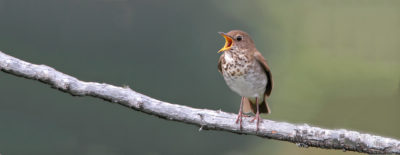
Bicknell's Thrush Winter Ecology
The winter habits of Bicknell’s Thrush, one of North America’s most rare and vulnerable migratory songbirds, have long been a mystery. VCE’s long-term commitment to Bicknell’s Thrush conservation demands that we pay careful attention to issues on its winter range. For over 20 years we've been unraveling its winter ecology for conservation. Learn more »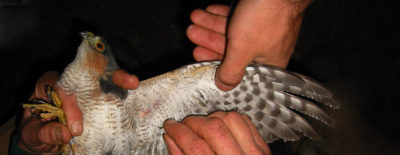
Mercury in Caribbean Landbirds
We documented mercury in Caribbean songbirds, suggesting that the pollutant is moving in the atmosphere to tropical forests, the first such evidence of mercury in Caribbean land birds. Although our study did not identify sources of the mercury, our findings support growing evidence that the toxin is more pervasive than was once believed. Learn more »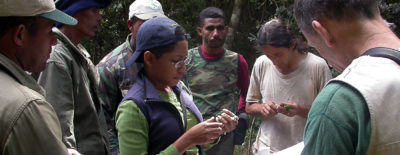
Bahoruco Bird Banding Station
We monitored bird populations in the cloud forest of Bahoruco National Park, southwest Dominican Republic, for nearly two decades. This forest is home to several critically endangered, endemic birds that have been rarely studied as well as migrants such as Bicknell's Thrush and Ovenbird. Learn more »